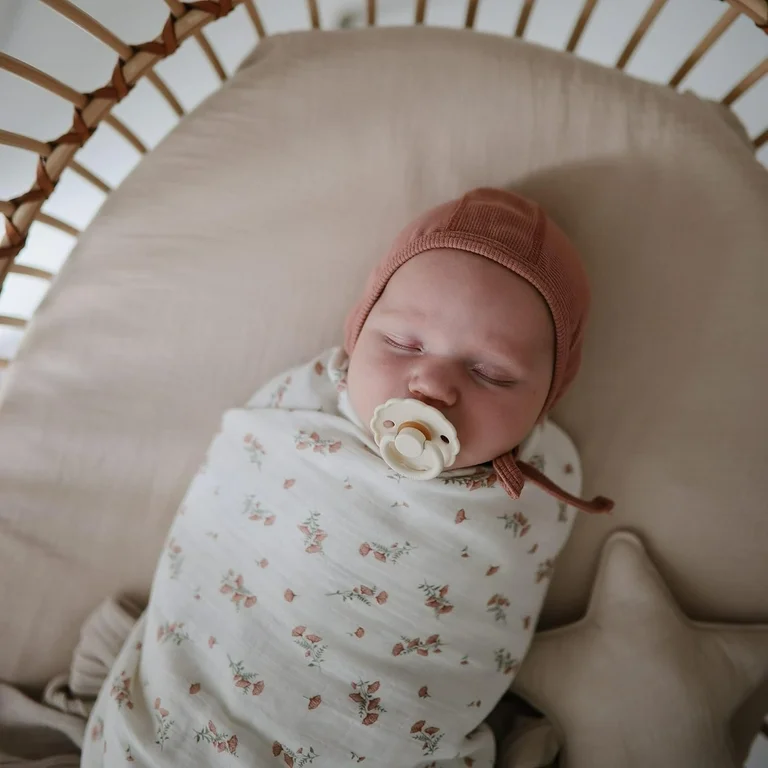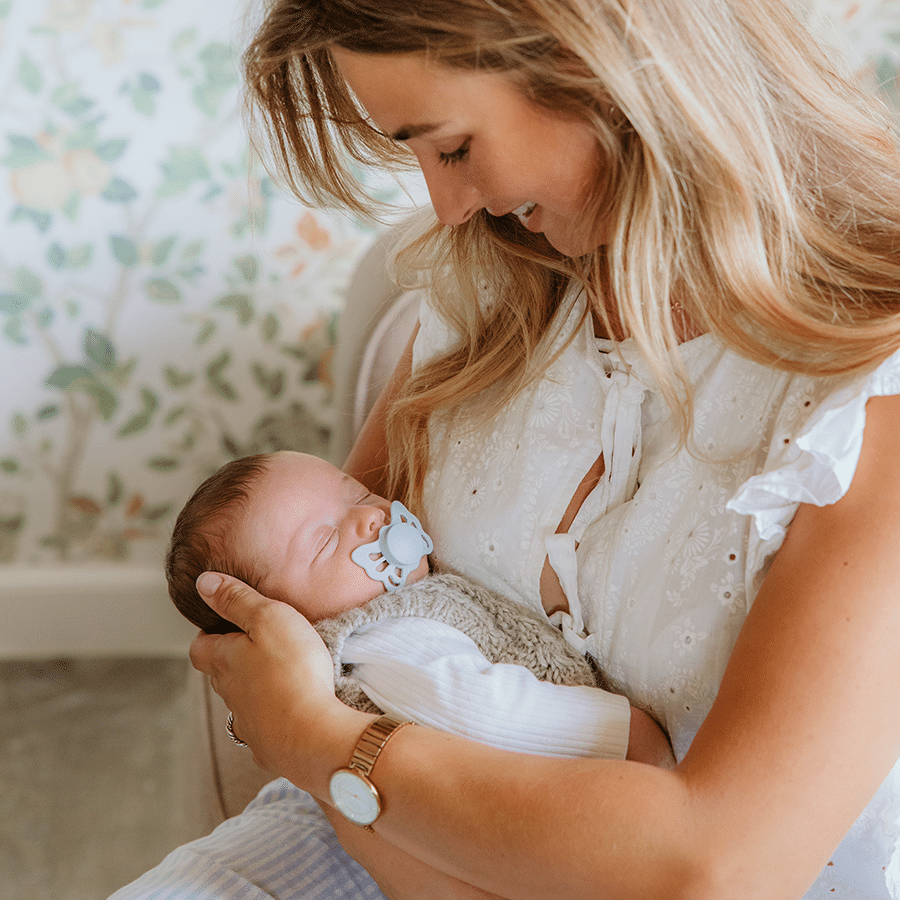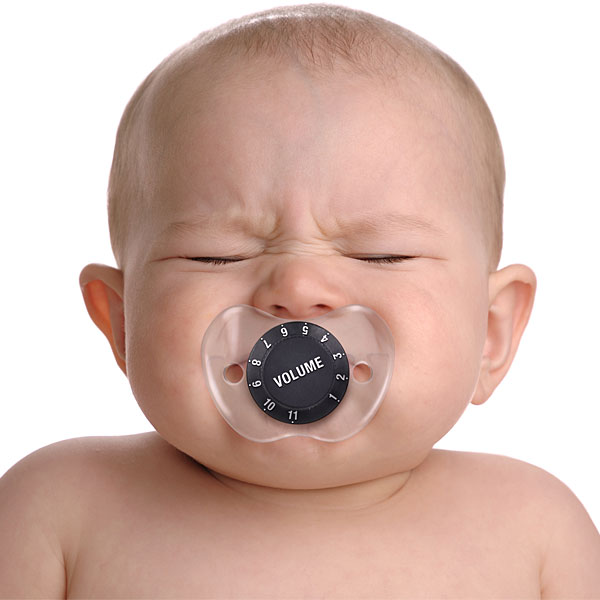Introduction to Toddler Urine Retention Issues
Sometimes, toddlers may struggle to release urine during potty training. This problem is known as urine retention. It’s a common issue many parents face, but it can be addressed with the right strategies. Understanding the reasons behind this behavior is key to helping your little one overcome it. Urine retention can be more than just a stubborn refusal; it can indicate a mix of physical and emotional factors. Here, we’ll dive into what causes toddler urine retention and the concerns it raises for both parents and children.

Causes and Common Concerns
The reasons for toddler urine retention vary. While some children might do this due to a dislike of change, others may be anxious about the new sensation of using a potty. At times, kids might hold their urine to avoid accidents, which can inadvertently lead to discomfort or even health issues. Additionally, labeling a child as headstrong or a ‘camel’ might overlook the real problem, which could be anxiety-driven. Physical discomfort, fear of the potty, and the desire to do the right thing can all contribute to urine retention. Awareness and a gentle approach are essential in addressing this sensitive phase of your toddler’s development.
Recognizing Signs of Holding Urine
Recognizing the signs when a toddler is holding urine is crucial for early intervention. Observing specific behaviors and physical indicators can help parents and caregivers understand whether their child is experiencing urine retention issues.
Behavioral and Physical Indicators
- Frequent Leg Crossing or Squirming: Toddlers often show discomfort through physical movements. If they frequently cross their legs or squirm, they might be holding urine.
- Delaying Bathroom Visits: Procrastination in going to the potty can indicate retention. Children might say they don’t need to go, only to show urgency later.
- Facial Expressions: Look for signs of discomfort or strain in their facial expressions, which can be telling.
- Infrequent Urination: If the child urinates less frequently than normal or produces small amounts, it might be a concern.
- Abdominal Pain: Complaints of lower abdominal pain or discomfort can be a direct indication of bladder fullness.
Understanding these signs can aid in implementing effective strategies to help your toddler release urine comfortably and timely during potty training.
Essential Tips for Early Potty Training
Starting potty training early helps toddlers adjust better. Here are some essential tips.
Setting The Right Atmosphere
Creating a relaxed environment is crucial for successful potty training. Stress can hinder your toddler’s ability to learn and adapt to new experiences, including potty training. Here are some ways to create a calming atmosphere:
- Choose a quiet time: Start training when your home is calm and your schedule isn’t hectic.
- Decorate the potty area: Make the potty space inviting with your child’s favorite colors or characters.
- Keep your tone positive: Use encouraging words and maintain a cheerful tone to make the experience positive.
These changes make the potty area welcoming and less intimidating for a toddler.
Gradual Introduction to Potty Usage
Introduce your toddler to the potty gradually to avoid overwhelming them:
- Explain its purpose: Start with casual discussions about what the potty is for.
- Let them explore: Allow your toddler to sit on the potty with clothes on to familiarize them without pressure.
- Accompany them: Initially, go with them to the potty and then gradually reduce your presence as they gain confidence.
This step-by-step approach helps your toddler get comfortable with the new routine without feeling rushed.

Innovative Techniques to Promote Urine Release
To help toddlers overcome urine retention, using creative and engaging techniques can be quite effective. Let’s look at some of the ways to promote urine release.
Water Play and Its Benefits
Water play is not only fun for toddlers, but it also has physical benefits that can help with potty training. Here’s how water play can assist:
- Relaxes muscles: Playing with water can relax the sphincter muscles, which is essential for urine release.
- Triggers the urge: The sound and feel of water often encourage toddlers to pee, helping them get the hang of it.
- Distracts from anxiety: Focusing on water play can distract the child from potty-related anxiety, making it easier for them to let go.
Consider incorporating water play during bath time or through interactive toys that can be used during potty training.
Open Mouth Exercises for Muscle Relaxation
Open mouth activities, like those used in speech and breathing exercises, can help relax the muscles needed for peeing. Try these simple tricks:
- Blow on toys: Have your toddler blow on windmills or bubbles while on the potty.
- Pretend play: Encourage pretending to blow out candles on a birthday cake.
- Breathing exercises: Teach your child to take deep breaths in and exhale with an open mouth.
These exercises can aid in decreasing the tension in their bodies, making it easier for them to release urine.
The Role of Distraction in Urine Release
Encouraging a toddler to release urine can sometimes be as simple as providing the right distraction. When a child focuses on something captivating, the body often relaxes, making it easier for them to let go and pee. Let’s explore how interactive books can serve as an excellent tool for this purpose.
Interactive Books and Their Utilization
Interactive books can be a big help for potty training. They captivate a child’s attention and keep their minds off of the pressure to pee. Choose books that are hands-on, like ones with flaps to lift or textures to touch. Here are a few ideas:
- Color-changing books: Books that change color when wet can be fascinating and encourage a child to pee.
- Sound books: Ones with buttons to press for sounds can keep a child seated longer on the potty.
- Texture books: Feeling different materials can be a soothing way to help relax a child’s body.
These books help by making the potty time feel like fun, not a task. They can be a good tool to take to daycare or preschool too.
Avoiding Screen Time to Encourage Active Awareness
While screens may seem like an easy fix to get a child to sit still, they’re not the best for potty training. They can make a child less aware of their need to pee. Here’s why avoiding screens can be beneficial:
- Increases awareness: Without a screen, toddlers can pay attention to their body’s signals.
- Promotes active participation: Engaging with books or toys keeps a child present and active.
- Prevents habits that can’t be replicated elsewhere: Daycare or preschool may not allow screens.
Instead, use activities that will keep a child engaged and can be used in any setting. This awareness is crucial for them to recognize the ‘I need to pee’ feeling, an important step in potty training success.

Managing Anxiety and Behavioral Resistance
Managing a toddler’s anxiety and behavioral resistance during potty training is vital for their success and well-being. Anxiety can present itself in various ways, such as reluctance to use the potty or urine retention. Behavioral resistance often stems from this anxiety or a child’s discomfort with new routines.
Understanding Anxiety in Toddlers
Anxiety in toddlers can be linked to fear of the unknown, discomfort with change, or negative experiences associated with the potty. Recognize that feelings of anxiety are a normal part of development. To help ease anxiety:
- Stay calm and patient: Your composure affects your child.
- Offer reassurance: Let them know it’s okay to feel unsure.
- Create routines: Consistent habits provide security.
Understanding anxiety helps tailor the approach to your toddler’s needs, making potty training a more positive experience.
Addressing Behavioral Patterns
It’s important to address the behavior patterns that emerge from a toddler holding urine. Consistently comforting and guiding them through the learning process is key. Here’s how to address these patterns:
- Identify triggers: Know what causes their retention.
- Positive encouragement: Praise their efforts, no matter how small.
- Break the cycle: Introduce new, fun activities to shift focus from holding.
Working steadily on these behavioral patterns will help your toddler learn to manage their anxiety and enable them to use the potty confidently.
Consulting Professionals
When you’ve tried many strategies to get your toddler to release urine during potty training and aren’t seeing progress, it might be time to consult professionals. Experts like potty training consultants can offer tailored support, addressing specific issues your child may face. These professionals have seen a wide array of potty training situations and can provide guidance based on extensive experience.
When to Seek One-on-one Support
You should consider seeking one-on-one support when:
- Your Toddler Exhibits Extreme Holding: If your child holds urine for extended periods consistently, it’s a major sign to get help.
- There’s Noticeable Distress: When your toddler shows signs of distress or anxiety around potty time, professional advice might be necessary.
- Past Strategies Haven’t Worked: After trying different tips and tricks with no success, a consultant’s personalized plan may be the next step.
- You’re Feeling Overwhelmed: If you, as a parent, are feeling at a loss, reaching out can provide both you and your child with relief.
Seeking help isn’t a sign of failure; it’s a proactive step towards finding solutions that work for your family.
Importance of Personalized Advice
Personalized advice is crucial because every toddler is unique. What works for one child may not work for another. A potty training consultant can:
- Assess Individual Needs: They look at your child’s specific situation and tailor advice accordingly.
- Provide Strategies for Anxiety: If anxiety is the root cause, they can offer approaches you may not have considered.
- Suggest Long-Term Solutions: They help create sustainable habits rather than quick fixes.
- Support Parents: You’ll receive tips to maintain patience and consistency throughout the process.
Professional advice can be the key to unlocking potty training success, leading to a happier and healthier potty training journey for your toddler.



